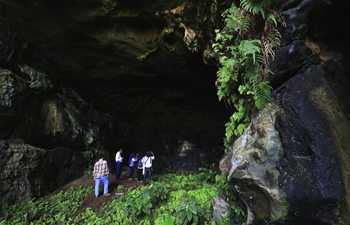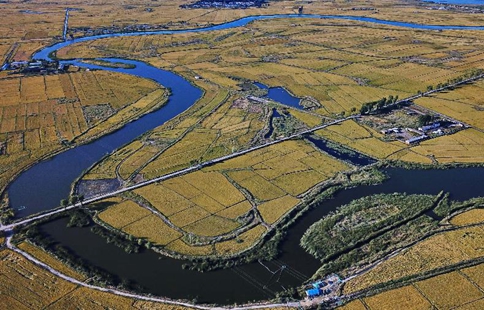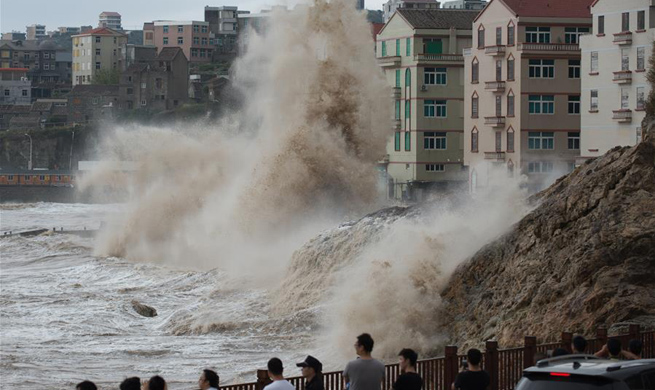OTTAWA, Sept.14 (Xinhua) -- The number of Canada's threatened and endangered species has been declining despite federal legislation designed to protect and recover their population, according to a Thursday report released by World Wildlife Fund (WWF)-Canada.
WWF-Canada used a peer-reviewed method developed by the London Zoological Society to create global reports on vertebrate population trends every two years.
The analysis shows that 451 -- half the species in the study -- declined in number between 1970 and 2014, ranging from woodland caribou to St. Lawrence beluga whales.
On average, the declining species have lost 83 percent of their Canadian population during the study period across the country, among which grassland species such as bobolinks, along with shorebirds and aerial insectivores like swallows showed the sharpest declines.
In fact, the number of species listed under Canada's Species at Risk Act (SARA) have actually declined even more quickly on an annual basis since the legislation was adopted in 2002, said the Living Planet Report Canada.
In the study, the number of 87 species protected under SARA has declined by 63 percent, with an average drop of 2.7 percent every year since SARA was enacted in 2002, up from 1.7 percent in 2001.
The report analyzed publicly available population data from places like scientific databases and journals for 903 mammal, bird, reptile, amphibian and fish species in Canada.
The report suggested that habitat loss was mainly caused by such human activities as overfishing and farming in grasslands and forestry for urban and industrial development, along with climate change and invasive species.
"According to researchers, the federal Species at Risk Act has faltered in its mission to protect Canada's most beleaguered wildlife," the report said.
In many cases, the government takes a long time to decide whether to accept a scientific recommendation to list certain species, and there are further long delays between listing a species and actually taking action.
The report noted that there were some big gaps in the data for regions such as freshwater ecosystems and the Arctic.
"As a result, we lack sufficient data to answer key questions about the status of wildlife and to track and evaluate trends over time," it said, recommending more date be collected to track biodiversity across the country.

















